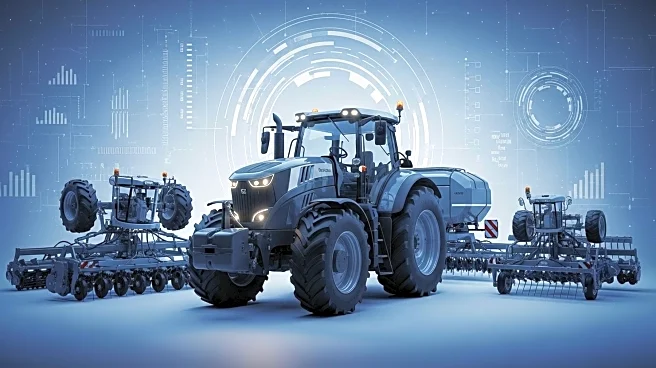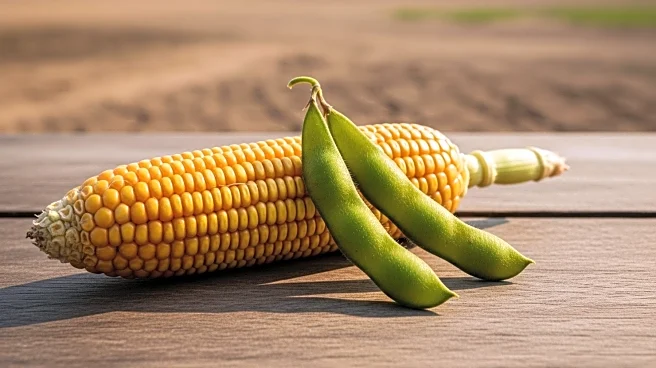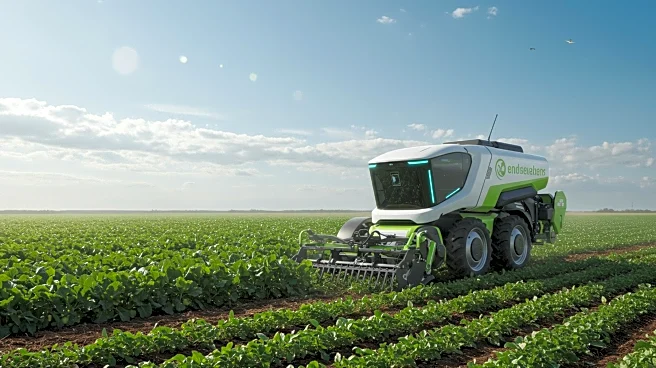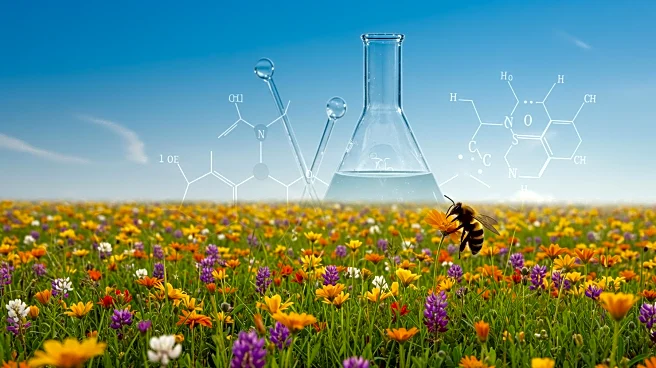Rapid Read • 8 min read
A new generation of agricultural meshes, known as ZIMA, has been developed to protect crops from the pest Thrips Parvispinus. These high-porosity meshes, created by Plastextil, are designed with finer threads that increase air circulation while preventing pests from entering greenhouses. The development of ZIMA meshes is part of a broader trend in Mexico towards protected agriculture, which has seen significant growth over the past 25 years. The meshes not only enhance pest control but also reduce heat stress on plants by filtering ultraviolet radiation. This innovation is particularly beneficial for crops sensitive to Thrips Parvispinus, such as peppers, and has shown promising results since its market introduction in 2024.
AD
The introduction of ZIMA meshes represents a significant advancement in agricultural technology, particularly for regions heavily reliant on greenhouse farming. By improving pest control and reducing plant stress, these meshes can lead to higher crop yields and better quality produce. This is crucial for meeting the demands of the U.S. market, which requires high standards in both volume and sanitary conditions. The adoption of such technologies can enhance the competitiveness of Mexican agriculture on the global stage, potentially leading to increased exports and economic growth. Additionally, the environmental benefits of reduced pesticide use and improved plant health align with global sustainability goals.
As the use of ZIMA meshes expands, there may be further innovations in agricultural mesh technology to address other pest challenges and environmental conditions. Plastextil plans to strengthen its presence in central Mexico, which could lead to increased adoption of these meshes in diverse agricultural regions. Continued research and development will be essential to optimize the performance of these meshes and adapt them to different crops and climates. The success of ZIMA meshes may also encourage other companies to invest in similar technologies, fostering a competitive market for agricultural innovations.
The development of ZIMA meshes also highlights the importance of adapting agricultural technologies to local climates and conditions. The 'tropicalization' of greenhouse technologies in Mexico demonstrates how innovations can be tailored to meet the specific needs of different regions. This approach not only supports local agriculture but also contributes to global food security by ensuring that crops can be grown efficiently and sustainably in various environments. The collaboration between technology developers and farmers will be key to maximizing the benefits of such innovations.
AD
More Stories You Might Enjoy












